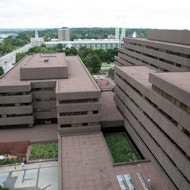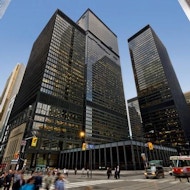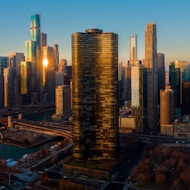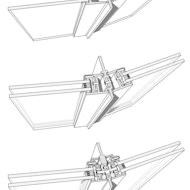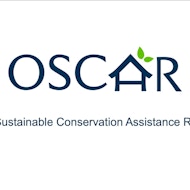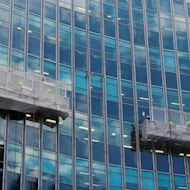Facade Tectonics SKINSSKINS: Issue #138: Mar 2024Exploring Heritage: Building on the Past Wait! Don't dismiss this issue if you are outside the preservation community. Without a solid historical foundation we are truly doomed to endlessly repeat those mistakes of the past that have yielded the existential threat we know as the climate crisis. A crisis that our industry, the building industry, has played a leading role in producing and now is called upon to lead the way to resolution. Accomplishing this necessitates deep insight into just how we got here, and much can be found in the historical context that is the purview of the building preservation community. The heritage perspective is brought to us in this long anticipated issue of SKINS courtesy of guest editors from the Association of Preservation Technology’s (APT) Technical Committee on Modern Heritage (TC-MH) in collaboration with their Technical Committee on Sustainable Preservation (TC-SP). These folks took the time to curate and author the articles featured here. APT and FTI have been nurturing a collaborative relationship that began in 2015 and continues to mature, as described by David Fixler in the first feature below. The substance, collective experience and expertise of the preservation community has profound relevance for the entire building industry and particularly for the design of new buildings and their facade systems, as well as the facade interventions that are a critical component of existing building renovations. Let me tell you why I believe this to be so important. |
Become an FTI member |
Join us |
|
|
|
Facades Week: SLC! and FTI's World Congress '24Have you booked your travel plans for Facades Week: SLC! and FTI's World Congress '24? GET ON IT! We are lining up a full week of events starting Monday October 7, and anchored by the WC October 8-10. Enjoy tours, receptions, lectures, symposia, paper presentations, and more. Enjoy Facades Week events and the beauty of Salt Lake City during the week, then head out for one (or more) of Utah's spectacular parks. Check here for more information, or send questions to events@facadetectonics.org. |
|

